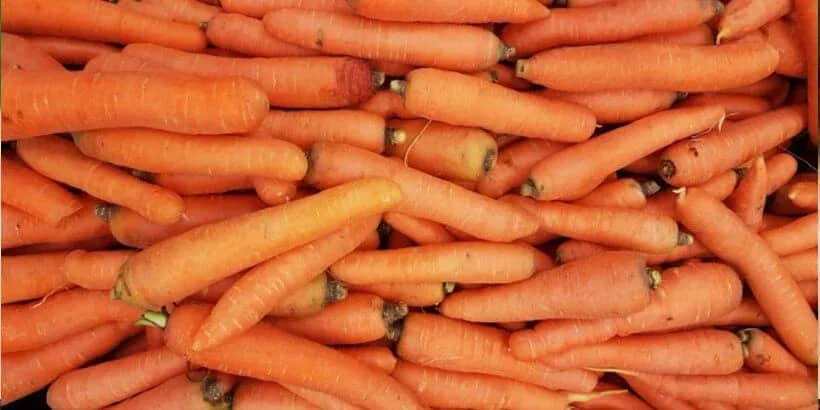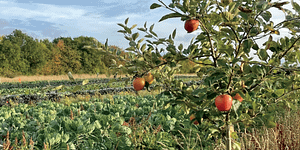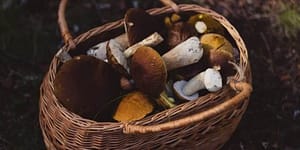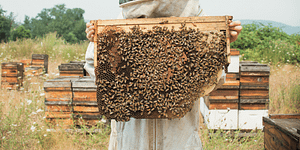Sweet Winter Carrots: Growing & Harvesting

Want to keep growing great food during the cold months? Try growing winter carrots in your cold house!
These carrots, which Eliot Coleman grows on his farm in the winter, are even sweeter and more flavorful than the more conventionally timed “spring carrots.”
The following is an excerpt fromThe Winter Harvest Handbook by Eliot Coleman. It has been adapted for the web.
A Guide to Sweet Winter Carrots

We leave these carrots in place in the soil under the cold houses, digging them over time as needed. The most successful variety we have found thus far for wintering in the soil is ‘Napoli’, a small-size but full-flavor carrot.
When to Plant Winter Carrots
We plant for October harvest during the last week of July and for later harvests, the first week of August. We plant in soil fertilized by turning under a soil-improving green manure of oats and peas a month before we sow the carrots. We cover large areas of carrots with mobile greenhouses in late October.
Our “Sweet Winter Carrots” are always dug fresh from the soil in which they grow; we dig them outdoors in October and November and from the greenhouse-covered beds in December, January, and February.
In-Ground Storage
The in-ground, cold-soil storage further enhances their flavor, sweetness, and raw-eating crunch so that the last ones harvested in late February are even sweeter than the first.
Since the tops remain green under the inner layer, we sell our carrots with one and one-half inches of green top at all times. This makes for a beautiful pack and identifies our carrots as “freshly harvested” rather than from storage, allowing us to charge a premium price.
These carrots have an almost legendary popularity in our markets. We cannot grow enough of them to meet the demand. The tastiness resulting from fall growing and cool-soil storage elevates the humble carrot to another plane.
When to Harvest and Eat Winter Carrots
While delivering in our stores we have seen little children rush to the produce counter, entreating their parents to buy lots of “candy carrots.” This crop is at its best for only a five-month season from October through February. Once new top growth begins in March, they start to lose their sweetness.

The carrots were of poor quality when they thawed. We have also planted carrot varieties that resume their root growth in spring from a late-September/early-October sowing date in hopes of finding one that would be harvestable in April. Thus far the flavor has been disappointing.
We sow a new crop of carrots during the winter to sell in the spring. Our new-year sowings of carrots, made in late December following fall lettuce, are ready for sale by May 10. For these we use the varieties ‘Mokum and Napoli’. These are deliciously sweet spring carrots, but no matter how tender and flavorful our spring carrots may be, they cannot match the acclaim of our sweet winter carrots.
Recommended Reads
Recent Articles
When you’re walking around the grocery store looking at the vegetables, it’s probably hard to imagine that a century ago there was twice the amount of options.
Read MoreIf you love tomatoes, you probably already know just how many varieties of these summertime staples there are. But do you know what makes each one unique?
Read MoreAdding the long game of trees to your system results in a deeper and more reliable, resilient and profound presence to your annual vegetable production.
Read MoreFor people who enjoy foraging for food in the wild, there are plenty of mushrooms to choose from — “ten thousand mushroom species to be considered on the North American continent alone”. But foraging for mushrooms should never be thought of as a game of chance. You need to know all the clues when it comes to identifying…
Read MoreFor all the beekeepers and future beekeepers out there, this one is for you! Your journey to successful beekeeping begins with constructing a suitable haven for honeybees, otherwise known as the bee hive. The following is an excerpt from Raising Resilient Bees by Eric and Joy McEwen. It has been adapted for the web. Bees…
Read More








